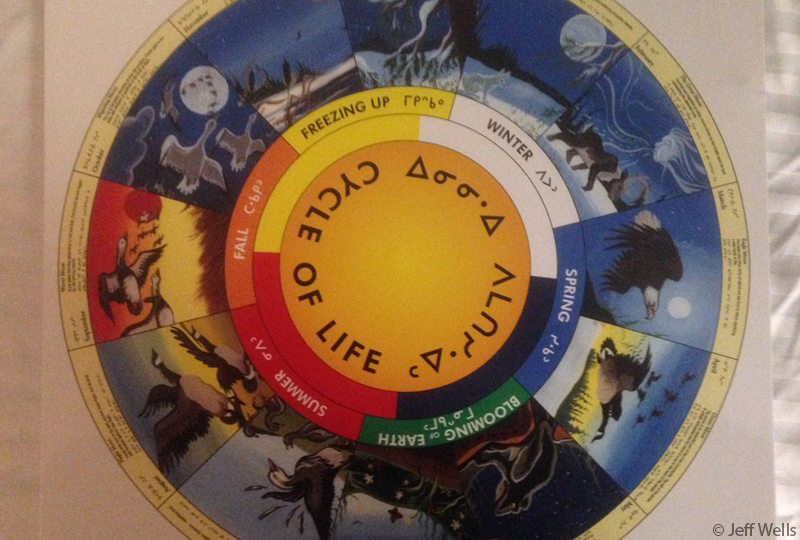Earlier this month I had the opportunity to attend a remarkable precedent setting gathering called the Mushkegowuk Climate and Wetland Summit. As the name suggests it was organized and led by the Mushkegowuk Council, a First Nation government entity representing eight First Nations in Ontario’s Western James Bay and Hudson’s Bay region.
These communities are dealing with unprecedented climate change impacts coupled with looming potentially massive development pressures, particularly in relation to mining which is one of the main reasons that they organized this gathering.
Note that the familiar adopted English word “muskeg” meaning a peatland or bog comes from the Cree language and has a similar origin as Mushkegowuk—these are the people who have lived in one of the world’s largest peatlands and most important carbon storage banks for thousands of years and the world has adopted one of their words as one of the key words to describe these kinds of habitats.
International Boreal Science Panelist, Nigel Roulet was one of the featured scientists and many of Ontario’s top scientists in carbon storage, peatland ecology, permafrost, fisheries and other issues were there. I gave a lunchtime presentation on the boreal carbon bank and included some ideas around the overlap of carbon stores, protected areas, caribou, and, of course, birds!
What made this a precedent-setting event?
- The summit was led by and the agenda was set by Indigenous government, communities and leaders in contrast to most climate change related conferences are organized and led by government, researchers or environmental organizations. This is another positive example of Indigenous governments and communities leading the way in planning for a positive future in the Boreal Forest region;
- The summit was designed with respect to Indigenous traditions and culture to allow for an interaction and exchange of knowledge and perspectives among Indigenous elders, leaders and young people along with top climate change/wetlands/peatlands scientists from academia and government;
- Both Indigenous elders (often speaking in Cree and being translated to English) and Indigenous youth and scientist “elders” and scientist “youth” (graduate students) figured prominently in the summit in leadership positions and in having an opportunity to speak to development issues and climate change related issues from many different perspectives;
- The communities of the Mushkegowuk Council area intend to develop and coordinate an environmental stewardship and research network for their lands that will incorporate academic and government science/research but under the auspices of their own network rather than through government or carried out independently without coordination and knowledge of the communities;
- As part of this leadership initiative, the Mushkegowuk Council has hired (and is hiring more) environmental stewards for each community who will serve as key liaisons between the community and the science/research community, environmental units of government and environmental organizations.




